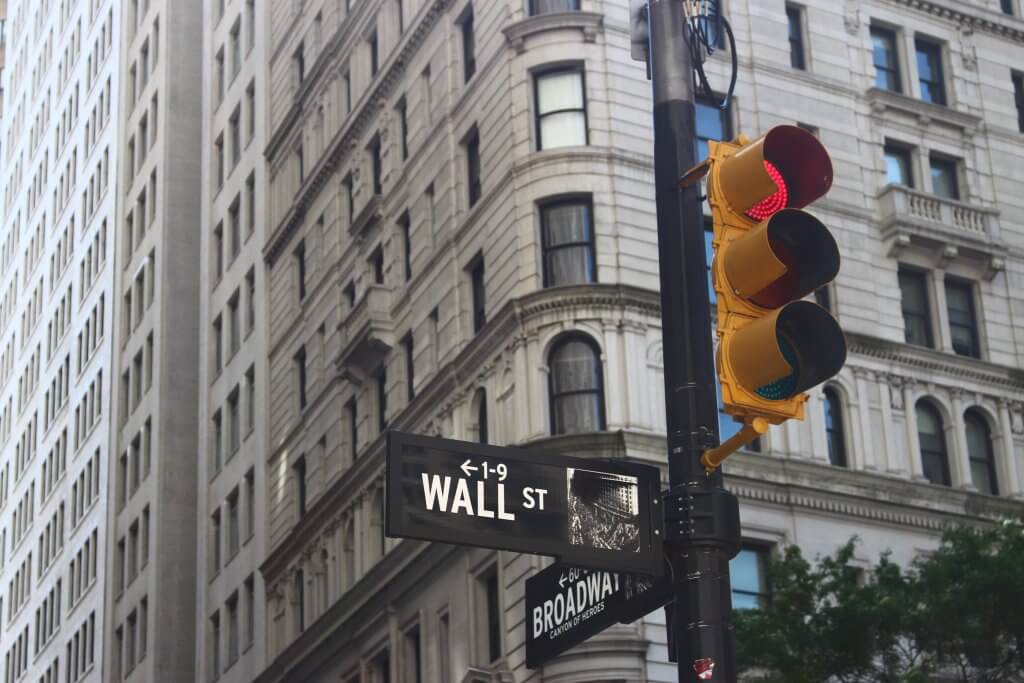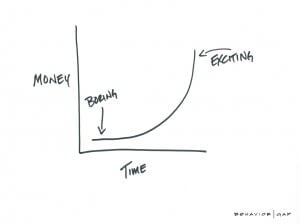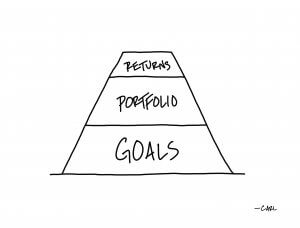
Market Timing and Your Investment Strategy
Investment ManagementBy: Christopher D. Ross, CFP®
May 28, 2020
Hindsight is 20/20. It’s only human to imagine what it might have been like to turn left instead of right on some fateful day. However, that sort of daydreaming is unhelpful when investing, especially when it leads you to try and time the market.
Since the beginning of the COVID-19 outbreak, we’ve seen a great deal of volatility. But, in the two months since March 23rd’s record low, the S&P 500 has risen 33%.1,2 While past performance doesn’t guarantee future results, it shows how quickly market sentiment can change.
Our team prefers a disciplined approach to investing. We combine an investor’s goals, time horizon, and tolerance for risk with our own understanding of the overall economic landscape. It boils down to this: in timing the market to avoid the “bad” day, you risk missing the “good” days, too.
Missing even just a few of those “good days” can really add up.
A national investment firm looked at a $10,000 investment into an S&P 500 for 38 years. By missing only the five best days over that period, the investment grew to $458,476. Meanwhile, if the money remained in the account untouched, it would have grown to $708,143. Past performance is no guarantee of future returns, but this illustration shows the long-term power of “time in the market vs. timing the market.”3
As Wealth Advisors, we understand that volatility can cause anxiety, and it can be tough to sit still when it’s happening. But as we’ve seen lately, it may sometimes be best to tune out the noise and trust the strategy that’s already established. We always look forward to answering your questions, so if you have any, please reach out and let’s set up a time to talk.
1. Putnam.com, May 21, 2020 2. Reuters.com, May 21, 2020 – The S&P 500 Composite index is an unmanaged index that is generally considered representative of the U.S. stock market. Index performance is not indicative of the past performance of a particular investment. Keep in mind that the return and principal value of stock prices will fluctuate as market conditions change. And shares, when sold, may be worth more or less than their original cost. 3. The Simple Dollar, May 21, 2020


